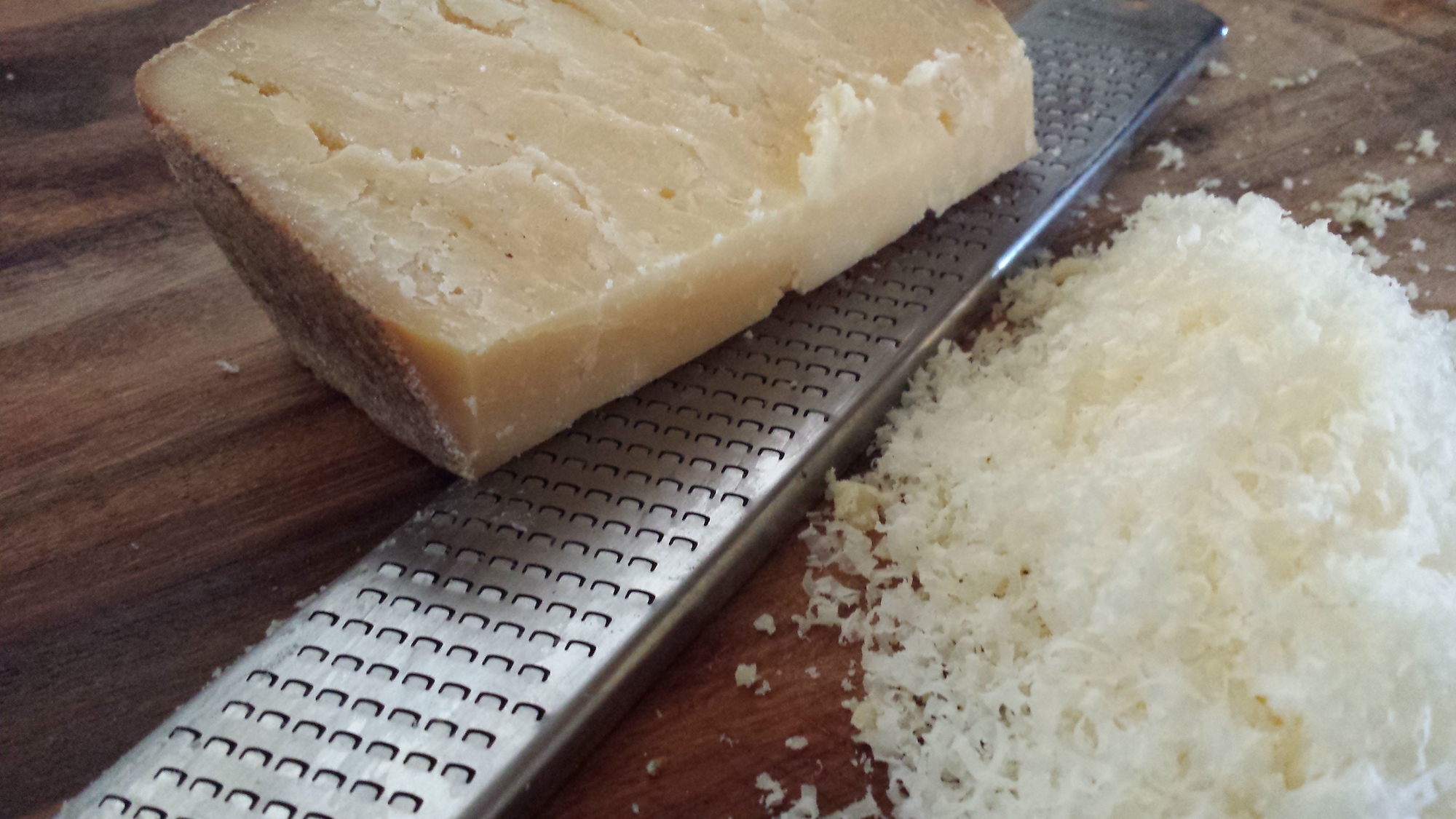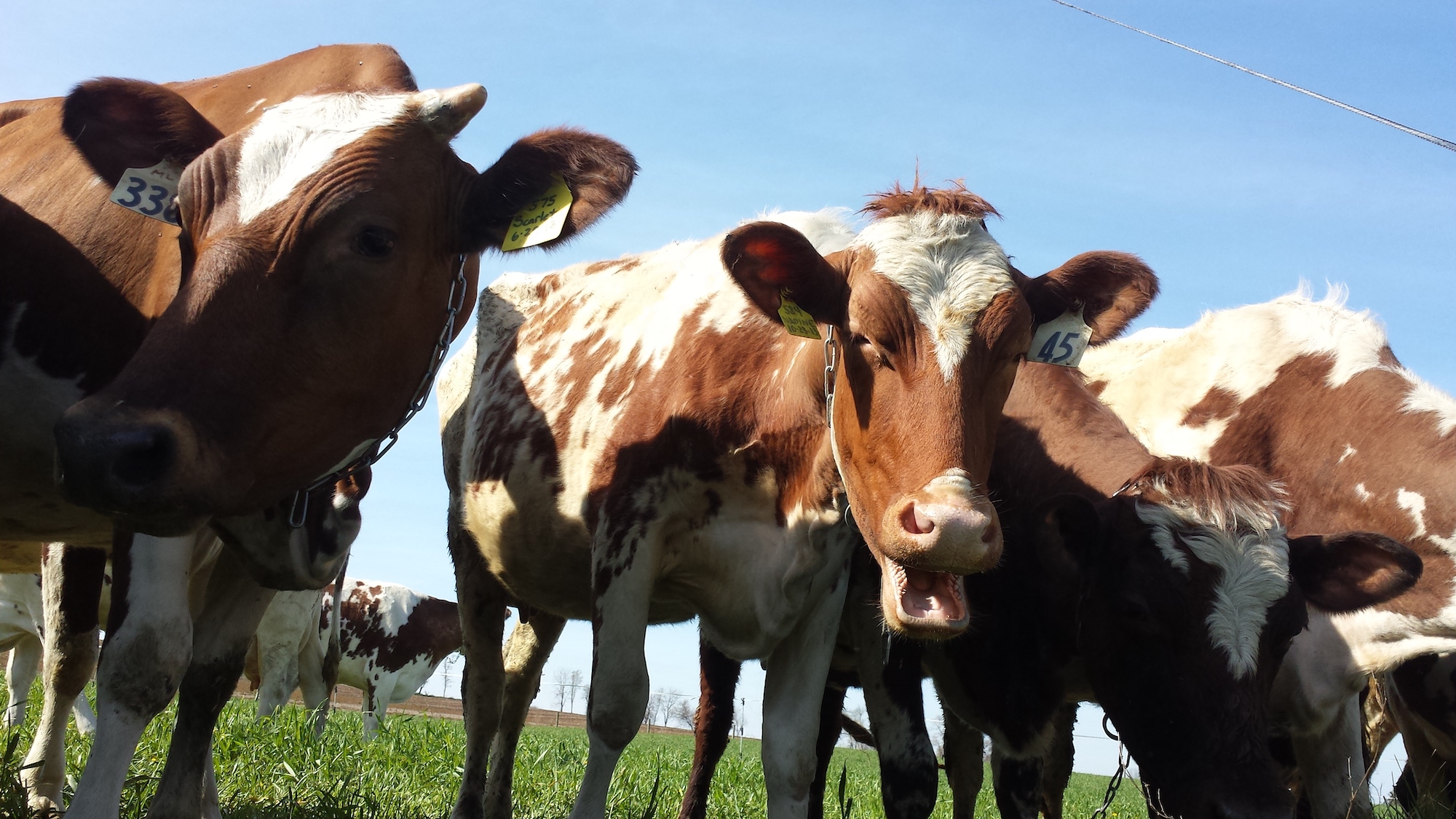“Cellular agriculture should not be viewed as a threat by the agricultural community. Rather, it should be viewed as yet another tool to feed a growing population on a planet with limited resources.”

The census of 1830s found that over 80% of the American population was employed as farmers. Today, less than 2% remain. The number of American farms and individuals employed as farm workers have been on a steady decline since the 1940s. Farmers who remain in the agricultural industry are fiercely protective of their occupation, their way of life. However, cellular agriculture should not be viewed as a threat by the agricultural community. Rather, it should be viewed as yet another tool to feed a growing population on a planet with limited resources.
The harm that has been done to the American farmer comes from a food system requiring quantity over quality, efficiency over ethics. At the same time, the vast majority of farmers have no control over the price paid for their goods. The minimum cost of fluid milk is set by market and government force, while meat and poultry producers must take price offered by processors, often under contract while the animals are being raised. When the price of these commodities drop, industry news encourages producers to increase their output and lower their costs to make up for lost income.
Decades under this economic system have led to agricultural attrition: the strong (or lucky) survive, grow their businesses when prices stabilize and continue on until the next time the bottom falls out. The consolidation of production has not led to increased economic viability: the mean income of farmers and ranchers is around $61,000 a year. Most of these farmers work long hours every day of the year.

To provide an example, between 2005 and 2015, the average American cow has been bred to produce 14% more milk, leading to a 16% increase in total milk production in the past decade. This would not seem extraordinary, except the number of dairy operations have decreased by 33% during the same interval. Less farms, more milk in a time when the total consumption of dairy products are decreasing.
While the per capita consumption of beef and pork have slightly declined over the past fifty years, the consumption of chicken has skyrocketed from just over 34 pounds of chicken to 108.6 pound of chicken per person, per year. Less farmers and increased demand have led to an industrialized system of food production in which animals are simply a living medium on which to grow meat. Cellular agriculture is the logical next step in this system, taking the animal out of the process and growing chicken breasts in a lab rather than on the chicken.
What we have now is an unsustainable system, which has been rendered inefficient by its drive to specialize. The egg industry, focused on high layer output, has no use for male chicks or unproductive hens, both of which are destroyed and discarded rather than being put back into the food chain. The dairy and beef industries work independently of one another, dairy bulls being sold for veal rather than raised for beef. Hogs, which were traditionally used to turn waste food into edible food, are fed a diet of cropped feeds and kept in confinement.
I believe adding cellular agriculture to this market system can only benefit producers by providing additional market competition and allocating traditionally raised animal proteins to a specialized product. We’ve already seen this with the growth of the organic market and locavore movement. Consumers, demanding alternatively raised products, are willing to pay higher prices for pastured chickens, grass-fed beef, and woodland foraged pork. Less animals raised, a higher quality product, sold for a higher price.

Once farmers are able to earn a living producing less, environmental sustainability (rather than economic efficiency) could return to the agricultural system. Cows are solar powered animals, making food out of grass, water and sunlight, often from land that is unsuitable for crop production. In fact, the interaction of large ruminants is essential for the maintenance of some grassland biomes. Pigs and chickens can both function as part of a zero-waste food system, while the latter also acts as natural pest management for ticks, grubs, and other insects. Farmers can once again focus on animal husbandry rather than high production.
Our current food system will not be able to provide a growing population with the animal proteins it demands. At the same time, less farmers have been driven to create more food by an economic system that does not favor the producer. It is a system that does not serve the farmer, the animal, or the environment. It is a system that should change.
Supporting cellular agriculture is an important step to moving the food system towards a sustainable future and, ultimately, sustaining the future of farmers as well.


